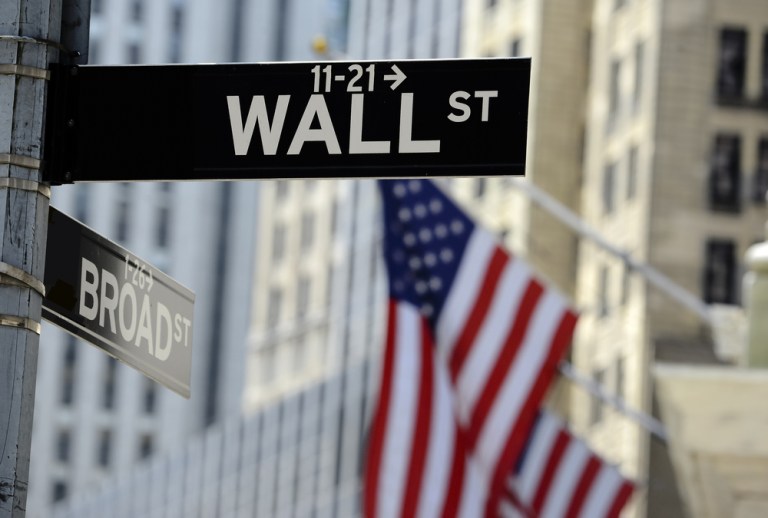
Down 12 percent in the wake of earnings results, Square’s stock is taking a linear path downward.
The second quarterly report by the payments processor since going public in a disappointing debut in November of last year (but shares have rebounded by 50 percent) showed a loss of $0.14 per share on $379 million in revenues, up 51 percent, compared to the $0.09 per share loss on $344 million in sales The Street expected for the March period. That shortfall indicates that transaction volumes have been ramping up well (and, after all, gross payment volume was up 45 percent in the quarter, year over year), but that costs have more than kept pace, all in, up 72 percent overall. Software and data product revenues grew as well, up 197 percent year over year, but still remain a relatively small part of the business.
Despite the fact that the company boosted its EBITDA (a rough measure of cash flow) projection to $8 million to $14 million, compared to a previous range of $6 million to $12 million, investors were obviously nonplussed and seemed to take the guidance with a “show me” approach. The volumes may be on the upswing, as its readers are gaining traction, but could it be that the days of focusing only on the top line are shifting toward a desire for something more concrete, like positive numbers down to the bottom of the income statement? Yes. Part of that comes from litigation expense, to the tune of $50 million paid out to Robert Morley over disputes tied to who invented the company’s card reader. But still, product development expenses, on their own, were up 63 percent year over year, on the back of higher personnel costs. Excluding the litigation costs, Square would have missed expectations by roughly a nickel.
By vertical, as disclosed by Square’s first quarter shareholder letter, retail garnered 26 percent of contactless and chip reader orders, followed by services at 16 percent. Square Capital extended $153 million in advances in the period, with anemic sequential growth of 4 percent, stymied by pushouts of two large investors, a “result of more challenging credit market conditions,” though the firm noted those two investors did sign on after the close of the quarter.
Starbucks, which is rolling off next quarter in 2016, offered up $39 million in sales in the quarter. Previously, transaction and advance losses had been as high as $16 million and now have been tempered (though are still notable) at $9 million.
The lockup expiration looms, when 64 million options and warrants are free to be traded beginning mid-month, and that represents about 10 percent of all shares outstanding. Could the after-hours flight from the stock be retail and institutional investors getting out before the ground-floor investors do?